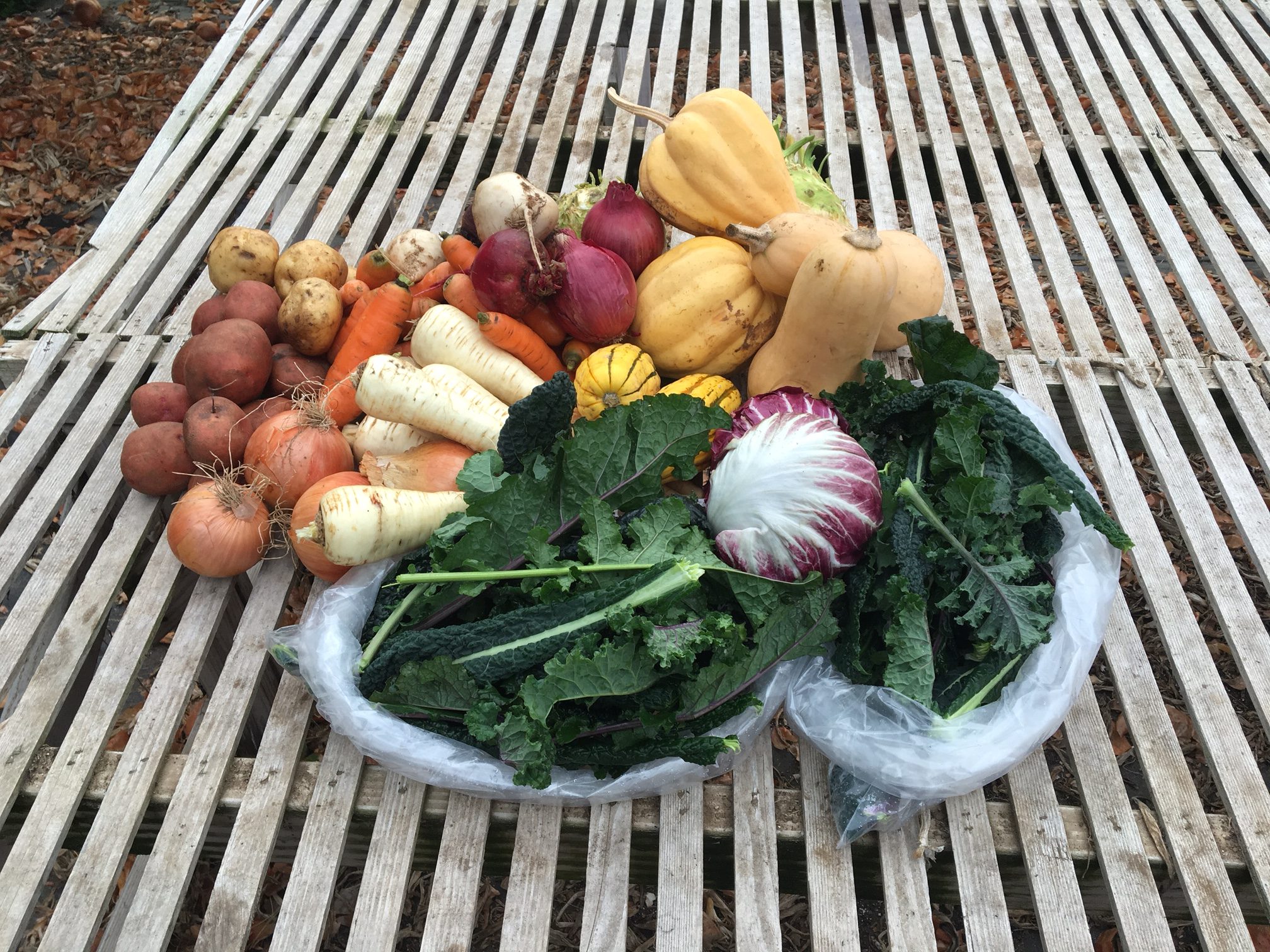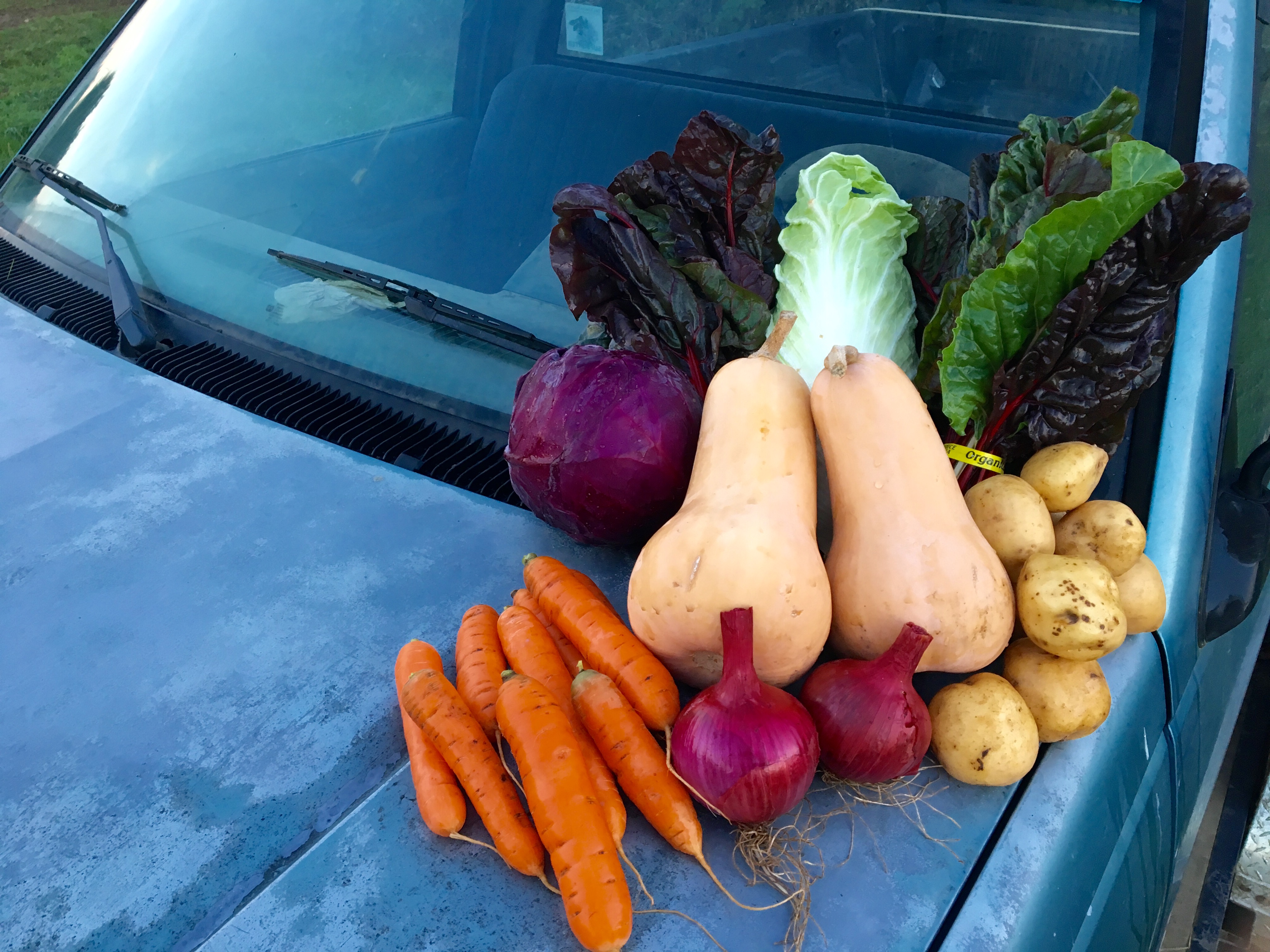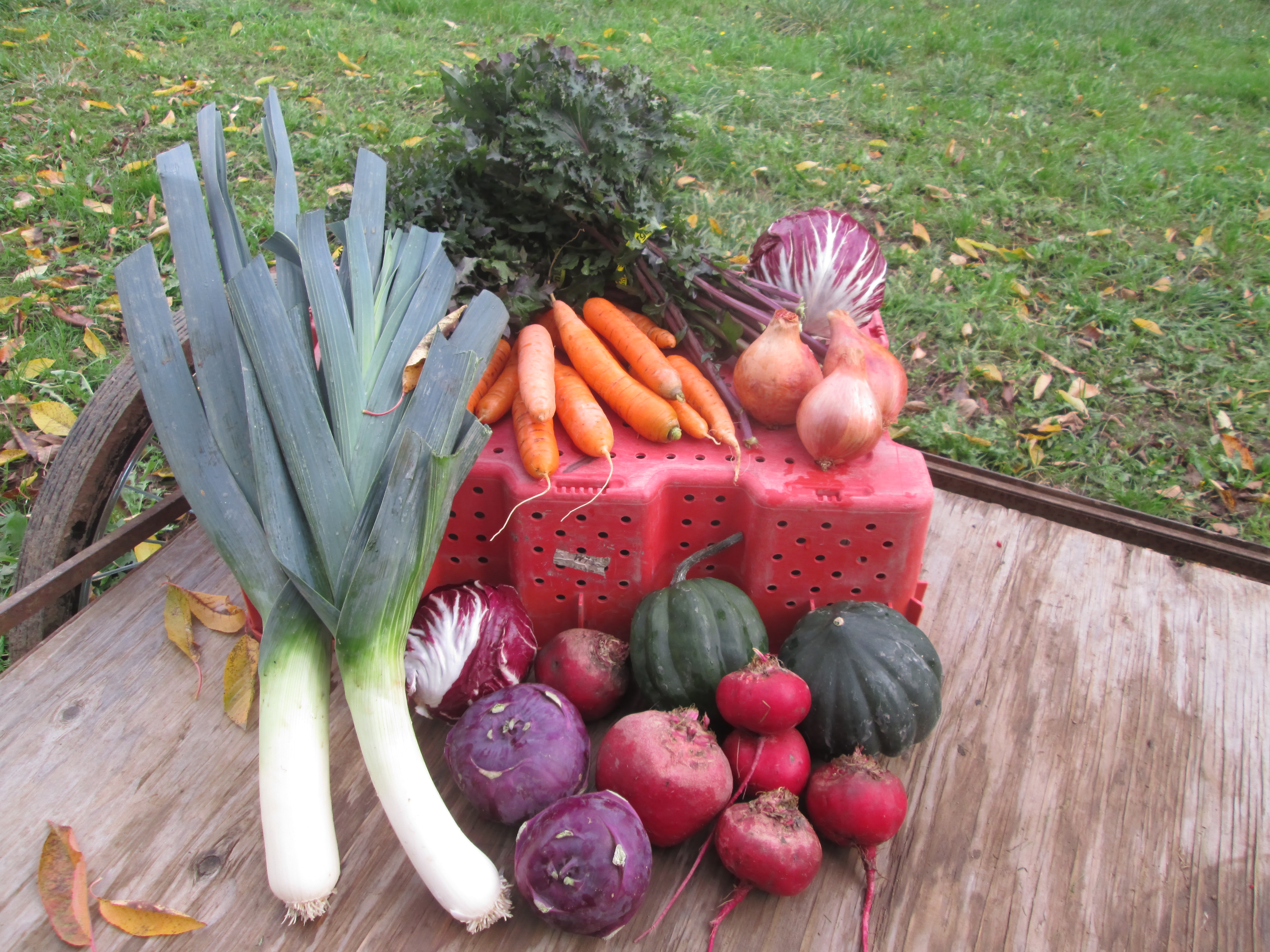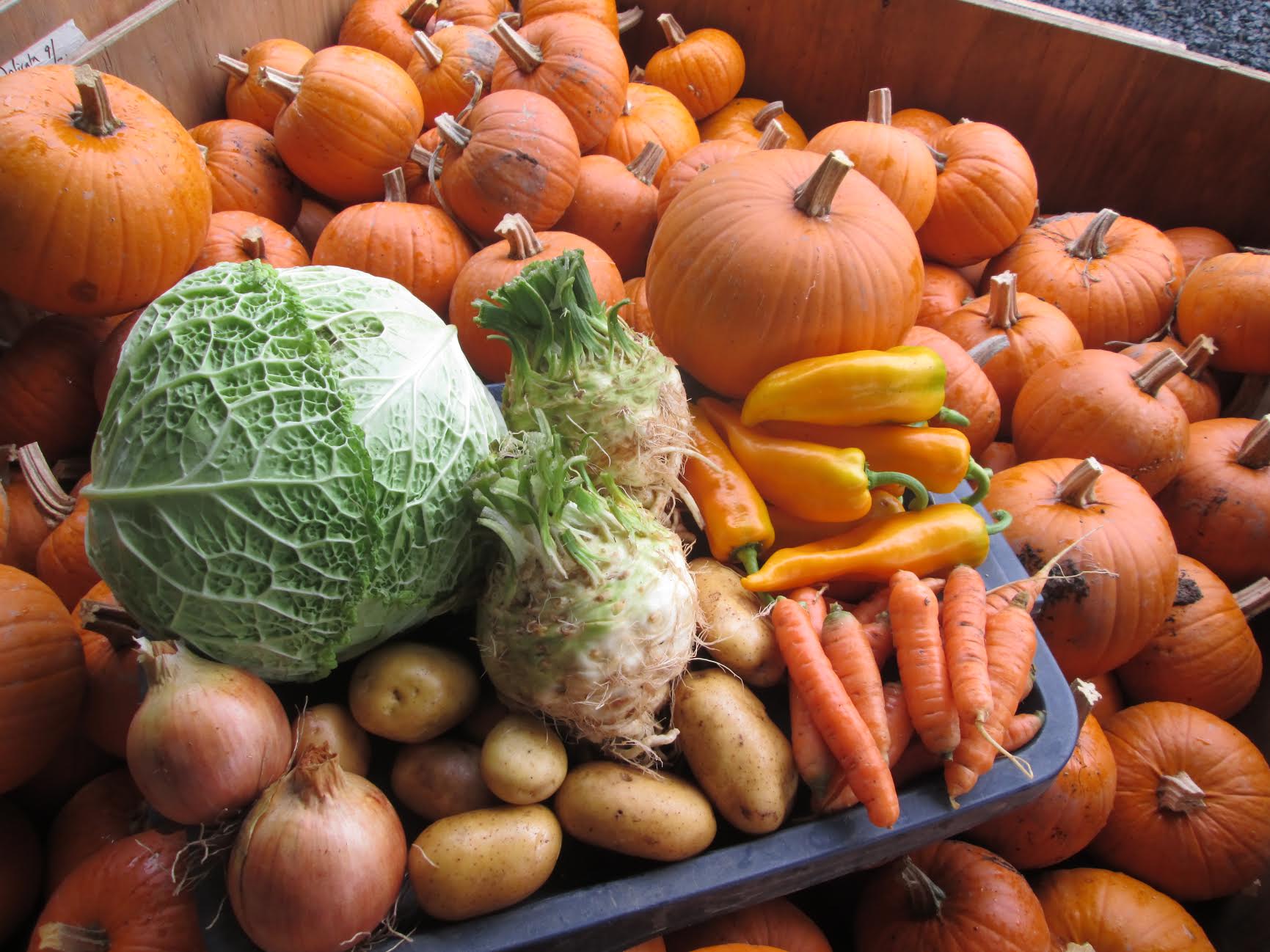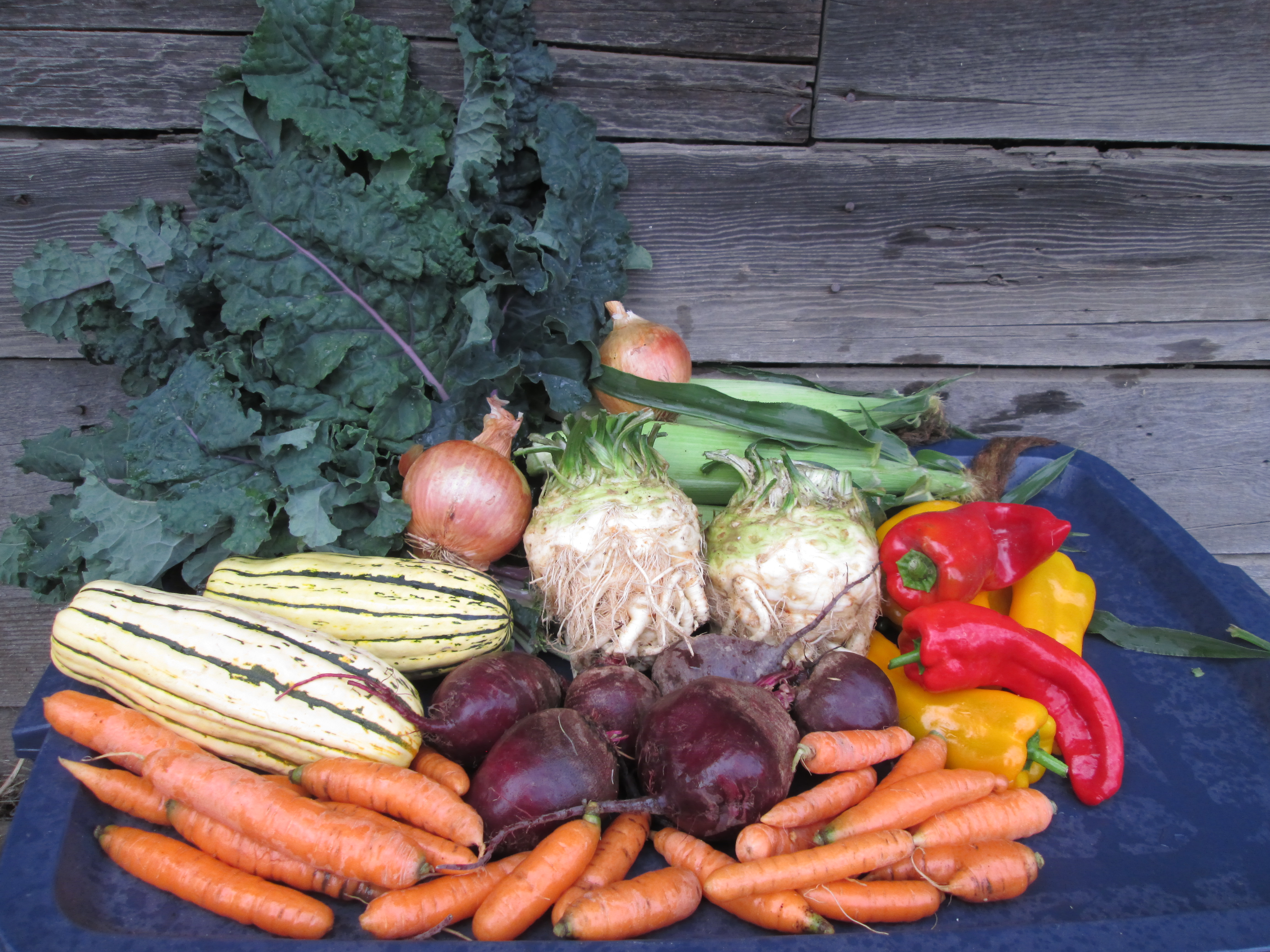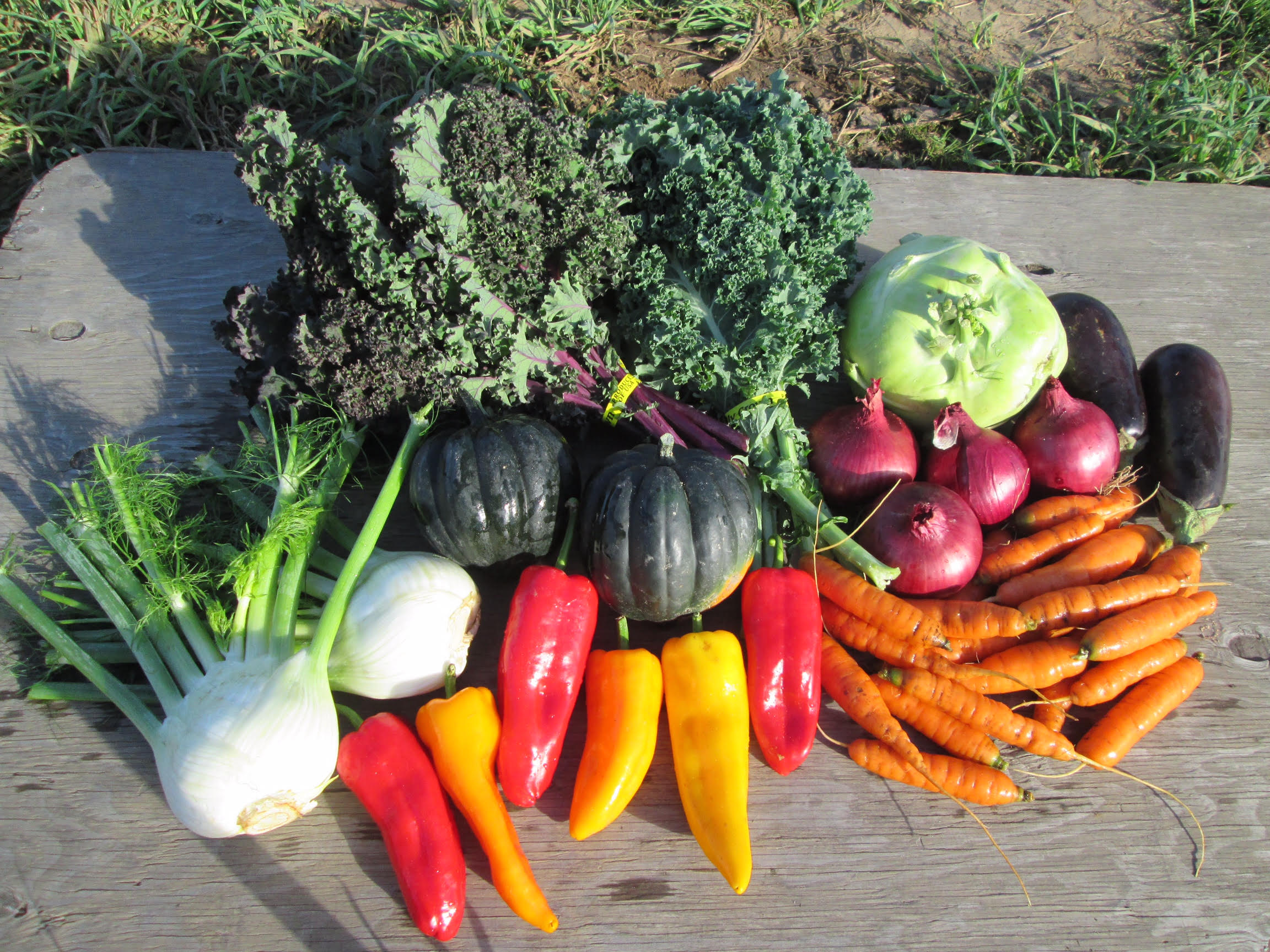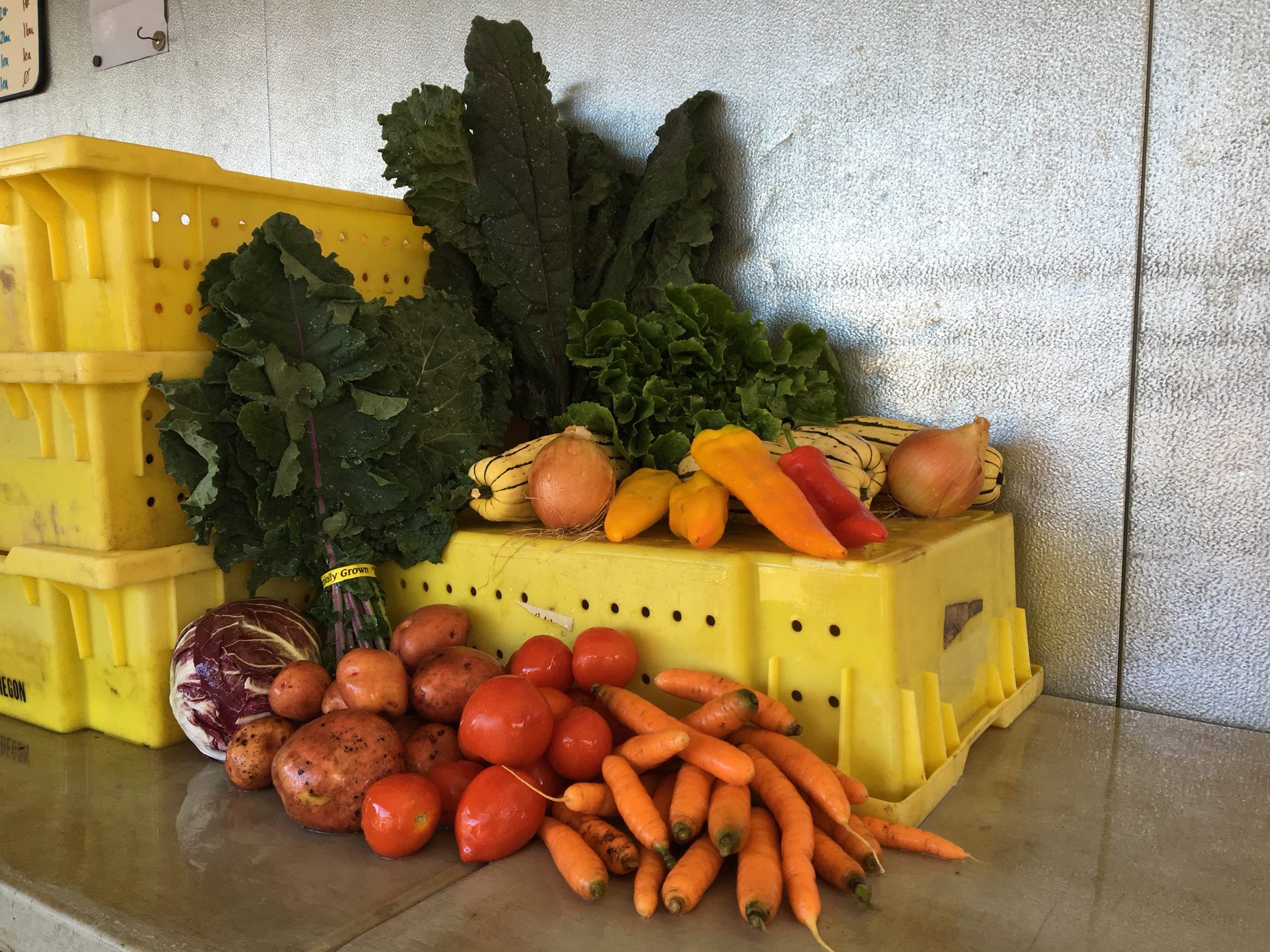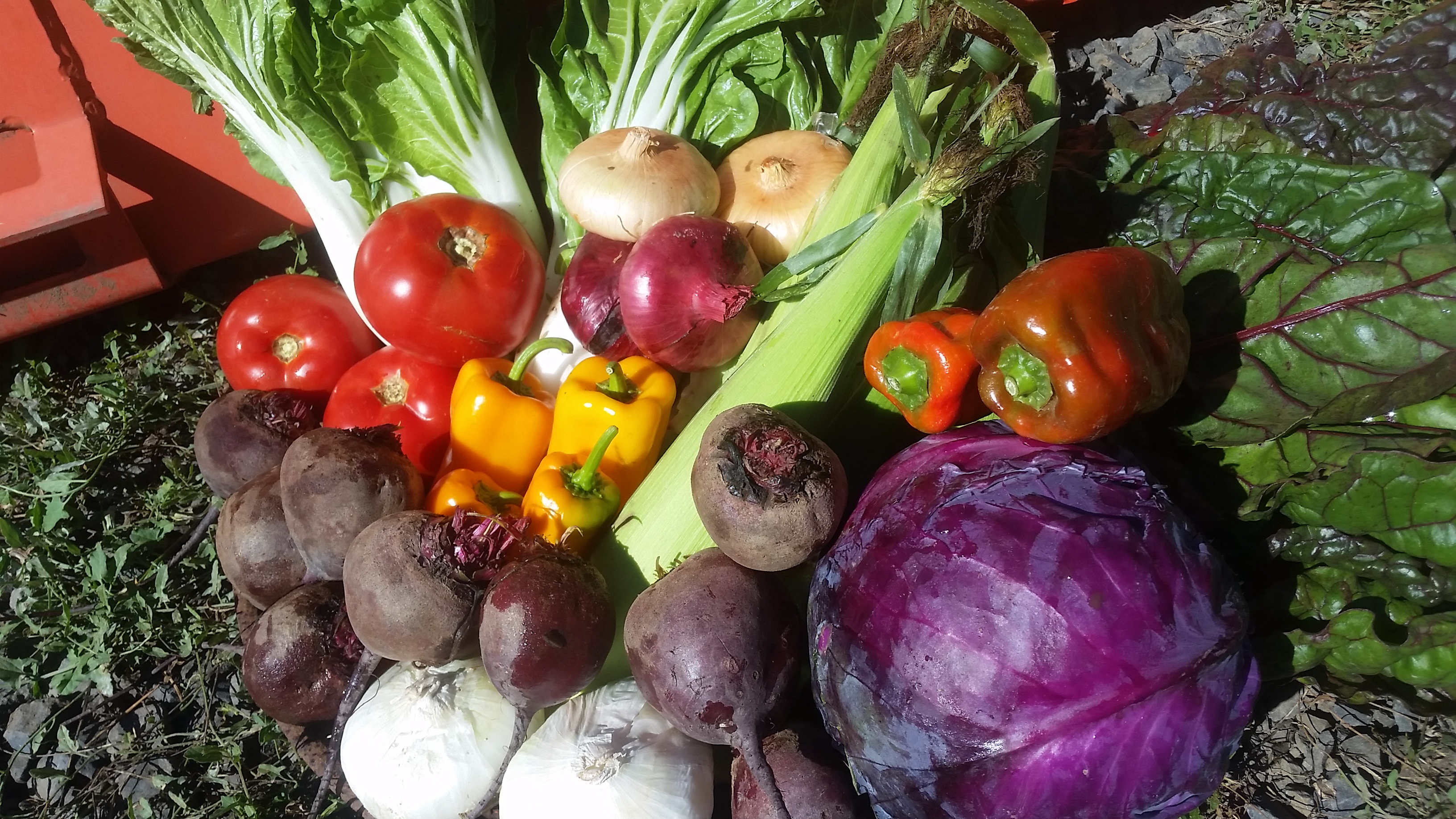In Your Share This Week
- Beets
- Carrot
- Celeriac
- Kale
- Onions
- Parsnips
- Potatoes
- Radicchio
- Winter Squash, Butternut, Delicata & Acorn
What a bounty this week. We love to celebrate the abundance of the season for our final share and help get you ready for Thanksgiving feasting! We choose a lot of storage crops for the last share as a send-off that can last you beyond this week.
It has been a pleasure to grow for you all and we take a lot of pride in bringing healthy, nourishing, good food to our community. We want to thank you for your support this season, its been a tremendously successful and exciting season for us. As always, we’ve learned a lot, made new discoveries, brought back some oldies, and are always striving to better our farm into the future.
Here on the farm we are wrapping up the CSA Main Season just in time for Thanksgiving, and we are looking forward to a little holiday vacation to slow down and enjoy the fruits of all our hard work this season with friends, family, and each other. We hope you have enjoyed participating in our CSA this season, and hope many of you will join us for our super-awesome Winter CSA!
We are thankful for the sun, rain, water, air, soil, wildlife, birds, bees, and all the people and critters that are a part of the SIO community, and of course- for all of you.
Thanks again and Happy Thanksgiving

